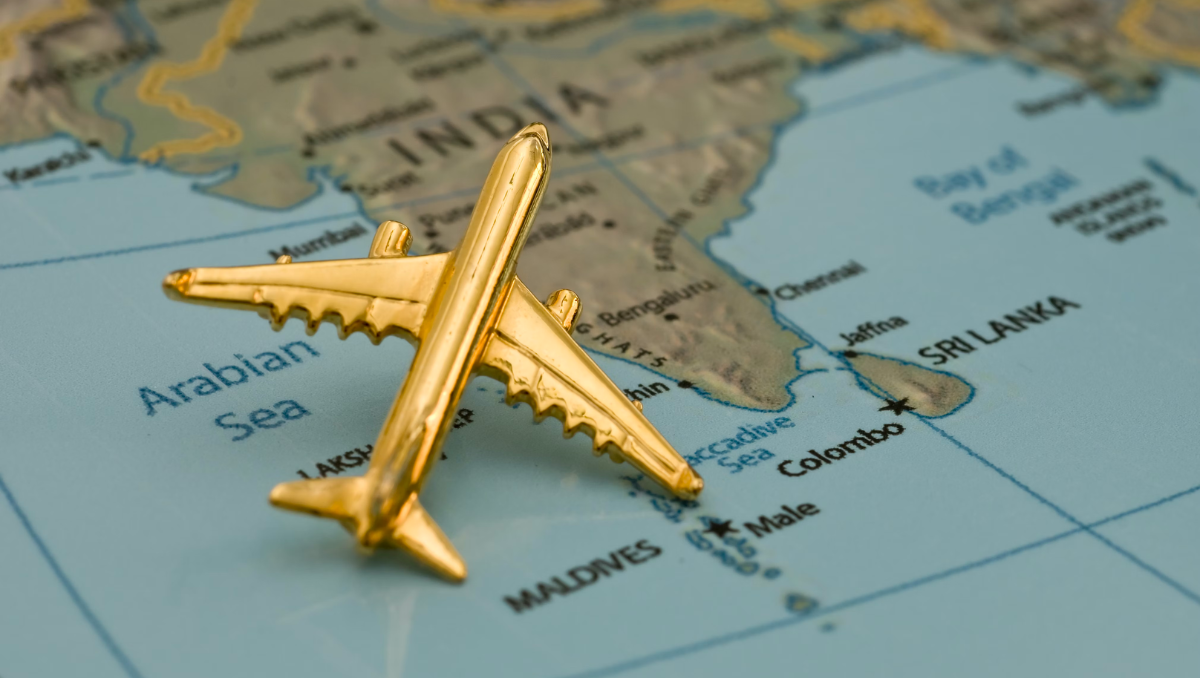The domestic aviation sector’s impressive rebound in air passenger traffic is anticipated to maintain its momentum in the second half of the current fiscal year, according to ratings agency Icra. It predicts that the domestic air passenger traffic will grow by 8-13 per cent in FY24 to touch 150-155 million.
Table of Contents
Domestic Air Passenger Traffic in September
Icra’s estimates for September’s domestic air passenger traffic amount to approximately 12.3 million. While this figure represents a 1.3% drop compared to August, it is nearly 19% higher than the same period last year and approximately 7% above September 2019 levels, pre-Covid. During the April-September period, domestic air traffic surpassed the levels of the corresponding period in 2019 by 7% and exceeded last year’s period by 20%.
Icra’s Stable Outlook for the Aviation Industry
Icra’s outlook for the Indian aviation industry remains stable, buoyed by the fast-paced recovery in domestic passenger traffic during the fiscal year 2023 and the first half of fiscal year 2024. The agency also expects this positive trend to continue in the second half of fiscal year 2024. Furthermore, the industry has witnessed improved pricing power, reflected in enhanced yields and the revenue per available seat kilometre – cost per available seat kilometre (RASK-CASK) spread of the airlines.
Challenges Faced by the Aviation Industry
Despite the promising recovery in air passenger traffic, the domestic aviation industry still confronts challenges due to the elevated prices of aviation turbine fuel and the depreciation of the Indian rupee compared to pre-Covid levels. Both factors significantly affect the airlines’ cost structure.
Fuel cost comprises approximately 30-40% of airlines’ expenses, while nearly 45-60% of their operating expenses, including aircraft lease payments, fuel expenses, and a substantial portion of aircraft and engine maintenance expenses, are denominated in US dollars.

Jet fuel prices have also risen considerably, with an average of ₹121,013 per kilolitre in 2022-2023 and ₹101,833 per kilolitre so far in the current fiscal year, compared to an average of ₹65,368 per kilolitre in 2019-2020. The prices have surged significantly, with a 32% increase since June, reaching ₹118,199.17 per kilolitre in Delhi as of October 1st. In response, Indian airlines have started imposing fuel surcharges on airfares to compensate for the escalating fuel costs. IndiGo, the largest carrier with a 63% market share, announced a ₹300-1,000 fuel surcharge, and SpiceJet also confirmed plans to impose a fuel surcharge.
The Path to Profitability
Icra suggests that domestic airlines’ efforts to raise fares in proportion to their increased input costs will be instrumental in expanding their profitability margins. FY23 saw a fast-paced recovery of air passenger traffic; the same progress in the current fiscal combined with improved pricing power enabled the RASK-CASK spread of some of the Indian airlines to turn positive since Q3 FY23.
The agency maintains that it expects Indian airlines to reduce their losses to ₹30-50 billion in 2023-2024 (April-March) due to steady growth in passenger traffic, pricing discipline, and industry consolidation. This marks an improvement compared to a net loss of nearly ₹170-175 billion in 2022-2023 and nearly ₹217 billion in 2021-2022.



